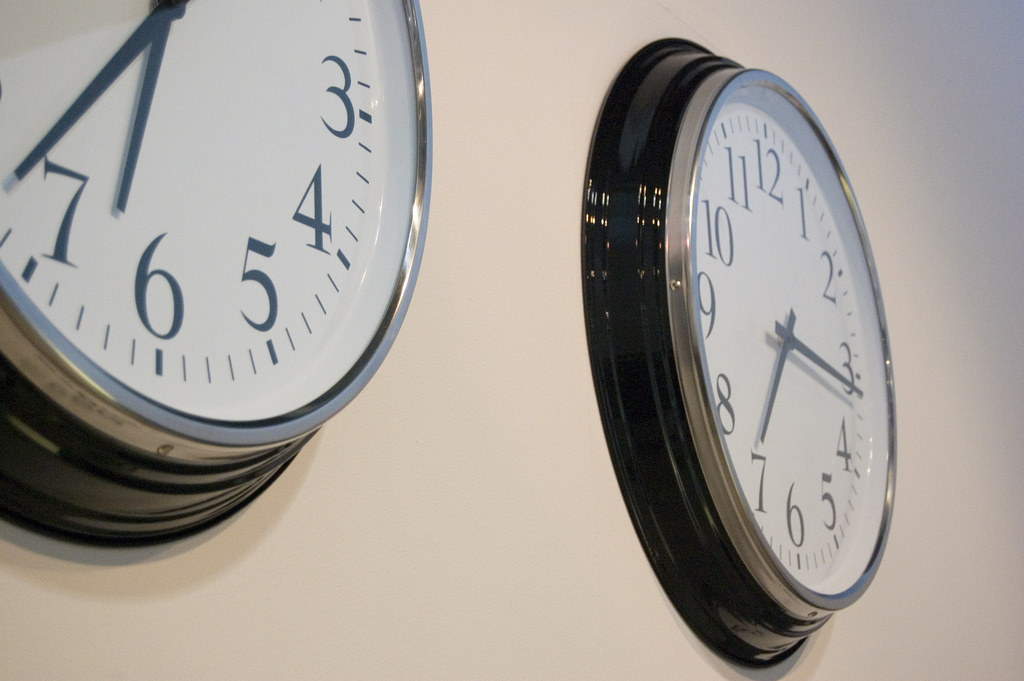In the clinic, the walls are thin.
When a last minute patient shuffles out at 4:30 p.m. and the office staff members log off their computers at 4:57 p.m., the three of us — a medical student, Attending #1, and Attending #2 — take advantage of this convenient architectural flaw. Rather than walk between offices, we yell.
In this trio, I am the medical student, the only person in the office wearing a white coat. Years ago, my attending physicians had hung up theirs in favor of relaxed button-down shirts and khakis. My coat is supposed to make me look like a professional, but I am convinced it is not fooling anyone, especially me. I am painfully aware that I am the only person on staff who cannot accurately measure a patient’s blood pressure.
“Hillary!” Attending #1 shouts through the wallboard. “The CMV results came back on Mr. Anderson. Can you update the note?”
“Can do!” I respond. I’m in the first week of my clinical rotations, so I approach everything with the untainted excitement of a four-month old labradoodle. Just grabbing a lab slip from the printer produces a sense of accomplishment. With some sadness, I anticipate the day this becomes routine. Then, I think about the day, further into the future, when this will become a chore.
For now, I am still feeling a glimmer of pride as I hit “sign” on each office progress note. As the three of us write our notes, time passes in irregularity. Sometimes, the minute hand jumps in 15-minute increments, and sometimes, it doesn’t move at all. It reminds me of an aging heart. The valves stiffen, the chambers dilate, and its metronome relaxes out of its strict rhythm. Medically, we call this pattern atrial fibrillation. And while it is abnormal, sometimes, it is simply a product of time.
“Hey Hillary! How is that Marriott book working for you?” Attending #2 yells. I can tell he is getting tired of writing notes because he is starting to get chatty. Last Tuesday, we had two patients come in complaining of chest pain which prompted Attending #2 to hand me the blue-gray book with a worn spine. He told me it was the best guide on how to interpret electrocardiograms.
“It’s good. I honestly can’t remember the last time I read a textbook for medical school. It’s all videos, question banks, and bizarre mnemonics now.”
The Marriott book was copyrighted sometime in 1970 — back when the world existed in gray scale. It lacks the external shininess of current textbooks. Reading it, I am surprised to discover that I can understand the words and minimalist diagrams. I work my way through the general heart physiology chapter. With my newly acquired confidence, I decide that I am ready to take on the bundle branch block section. A paragraph in, I quickly change my mind.
Over the course of the week, I make it through about half the book. I probably understood about thirty percent of what I read. Of that thirty percent, I will likely only retain twenty percent after my rotation. Still, there was something uniquely satisfying about flipping actual pages. I am reminded that I enjoy reading actual books, a concept I lost among the 50,000 PowerPoint slides that comprise the first two years of medical school.
In those moments with the Marriott book, things slow down a little. Instead of conducting flailing searches through a day’s worth of chief complaints, I give my attention to the book. At the end of the day, I close it feeling curious rather than overwhelmed. Eventually, I make it back to the bundle branch block chapter.
One evening, while clumsily flipping between a half-dozen open browser tabs and an unfinished patient note, my elbow knocked over my coffee in an act of protest. While I was able to rescue my white coat, laptop, and notepad, the Marriott book did not escape. I blotted the coffee-stained pages and separated them from the dry ones with the gauze I found in the first aid cabinet. I checked the clock. 5:32 p.m.
In medicine, as in medical training, time is the enemy. There is not enough time to talk to patients or study for board exams. There is not enough time to read the latest literature. At the end of the day, there is not enough time to make plans with friends or develop a gym routine that is anything but sporadic. And while I do not think reading was the most efficient way for me to learn to interpret an electrocardiogram, I did find an argument for disrupting the rush by simply focusing on getting to the next page.
Image credit: “times 2” (CC BY 2.0) by Identity Photogr@phy

